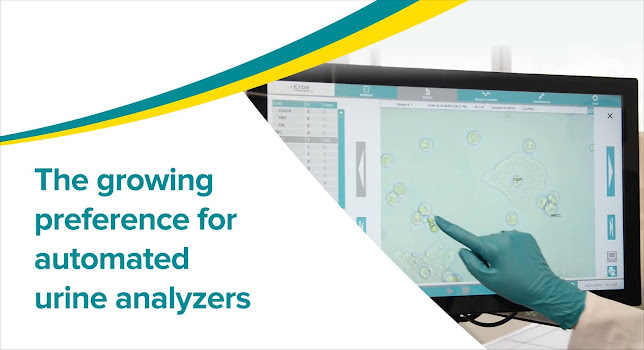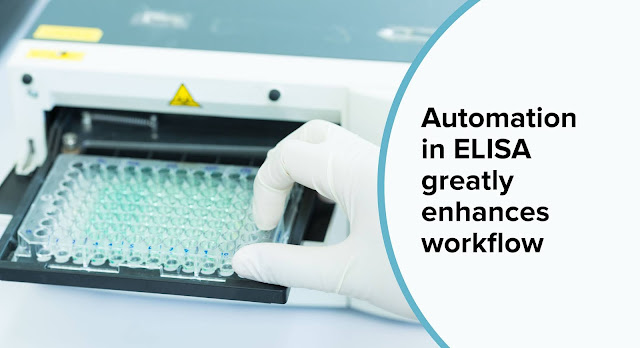The growing preference for automated urine analyzers

Urinalysis is one of the most frequently performed clinical investigations carried out in both inpatient and outpatient settings, due to its high information content and accessibility. Over the past two decades, technological advancement has led to the development of modern fully automated urine sediment analyzers, that make it possible to standardize results and increase laboratory productivity. Time and again, routine urinalysis has proved its clinical utility for screening, diagnosing and monitoring of renal, urological and metabolic conditions. It also plays an important role in the evaluation of liver function and several urological malignancies. Urinary tract infections (UTIs) are extremely common worldwide. In addition to detecting leukocytes and nitrites, urine microscopy identifies bacteria. These findings are crucial to the treatment process. In the current pandemic, urinalysis is useful in unveiling potential renal impairment due to COVID-19. Technological advancemen...





